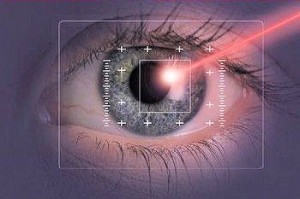How Does Lasik Laser Surgery Be A Better Choice?
LASIK means Laser in Situ Keratomileusis, which means utilizing a laser below a corneal flap (in situ) to reform the cornea (keratomileusis). This process uses an extremely specialized laser (excimer laser) made to treat refractive errors, mend eyesight, and lessen or get rid of the requirement of glasses or contact contacts.
This laser treatment for eyes changes the condition of the cornea, which is the crystal clear front covering of the eye. Although the excimer laser had been useful for several years before, the development of laser eye surgery is mainly attributed to Ioannis Pallikaris from Greece around 1991.

How does it work?
During Lasik laser surgery, an experienced eye doctor first creates a distinct, thin hinged corneal argument making use of a microkeratome. The surgeon after that pulls back the covering to uncover the underlying corneal layer, and then the laser would wear away the cornea in a perfect pattern. Typically the covering is then lightly repositioned on top of the underlying cornea.
What is refractive error?
In the eye, the front surfaces (cornea) as well as zoom lens in the eye make up the eye’s “focusing system” which is mainly in charge of leading incoming light rays on top of the surface of the retina, a lot like the lenses of the camera focus light over the movie. In a flawless optical system, the power of the cornea as well as lens are coordinated without a glitch with the distance of the eye and images in concentrate; any variation in this system is actually a re





